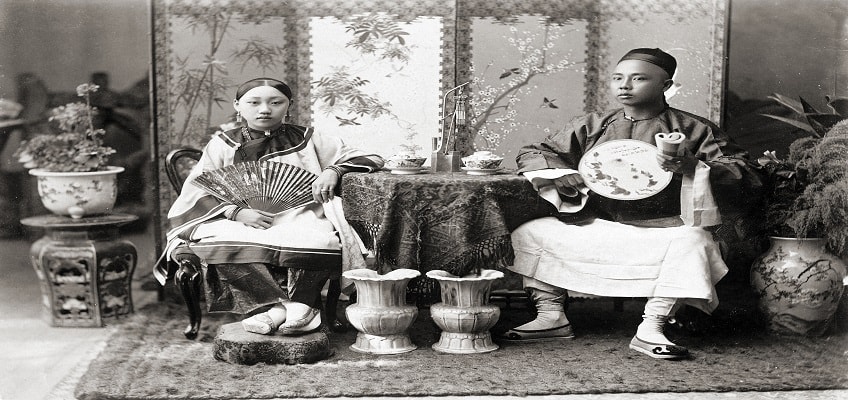
The history of Myanmar is long and complex. It involves a significant movement of people over the centuries. The city states in the region date back many centuries. The Burmar, still the majority people in Myanmar today, came into the upper reaches of the Irrawaddy River in the 9th Century and by the middle of the 11th Century in the Bagan Kingdom their language, culture and Theravada Buddhism were well-established. The Pagan Kingdom and the Khmer Empire became the two major forces in what is now Indochina by the end of the 12th Century.
There were still elements of other religions, as indeed there are today but such was the wealth of the Kingdom that over 10,000 Buddhist temples were built in the capital alone and those on Myanmar travel packages will be still able to see over 2,000 in the ancient city, Bagan. The Mongols were a constant threat and that resulted in the fall of the kingdom in 1287.There was little unity in the years to come until perhaps the 16th Century.
Shan States were in competition within the Irrawaddy Valley with two, the Ava and Hanthawaddy emerging within the Valley. To the west, the Mrauk U Kingdom brought unity to the coast towards the middle of the 15th Century. There were constant struggles but in many years Burmese culture thrived. Mrauk U temples remain for those on a Myanmar holiday to visit.
A young king of the Ava, Tabinshwehti, emerged in the 16th Century and for most of the rest of the Century expanded until defeat by the Ayutthaya and the arrival of the Portuguese. Colonial powers were repelled but there was never really any peace. China and Siam were a constant threat. The British took much of the territory to the west and took lower Burma in 1852 and in order to counter France’s expansion to the east took control of Burma, Myanmar as we know it today, in 1885.

The impetus for the colonisation of Burma came from the British East India Company. It took three wars before the colonisation was complete but once the British took control there were significant changes; economic, administrative, cultural as well as social. Mandalay’s fall led to the influx of many Indians who became traders, administrators, civil servants and builders. Rangoon (now Yangon) became an important port, much the same as Calcutta and Singapore.
The locals were rarely happy with the situation, especially the downgrading of their culture. Monks led the independence struggle often. There were riots and a prominent monk, U Wisara, died after a 166-day hunger strike in the 1930s. World War II had a profound effect on Burma; it was a battleground against the Japanese but independence movements in exile were a further enemy. Japan took Burma in 1942 and remained until their defeat in July 1945.
Peace came but that did not mean the end of the struggle for independence. That came about in January 1948 although Burma decided against joining the Commonwealth. In 1962 the military took over and either directly or indirectly it has been in control ever since until the very recent liberalisation. A one-party state, it became one of the poorest in Asia, if not the world and despite occasional rebellions, the military remained very much in control. The name of the country was changed to Myanmar in 1989 and free elections followed. The military refused to recognise the result and it is a very recent relaxation of its control that has renewed optimism that things will improve. Certainly, tourism is now increasing and a Myanmar family holiday will reveal the many gems within the country’s borders.





